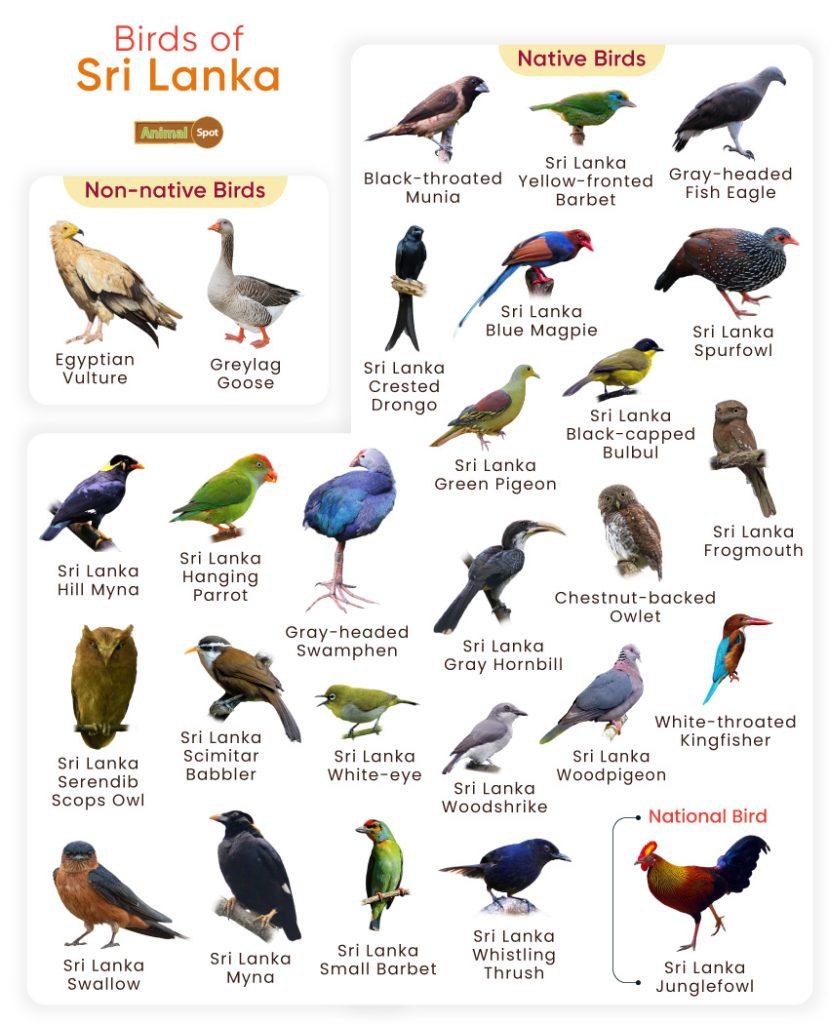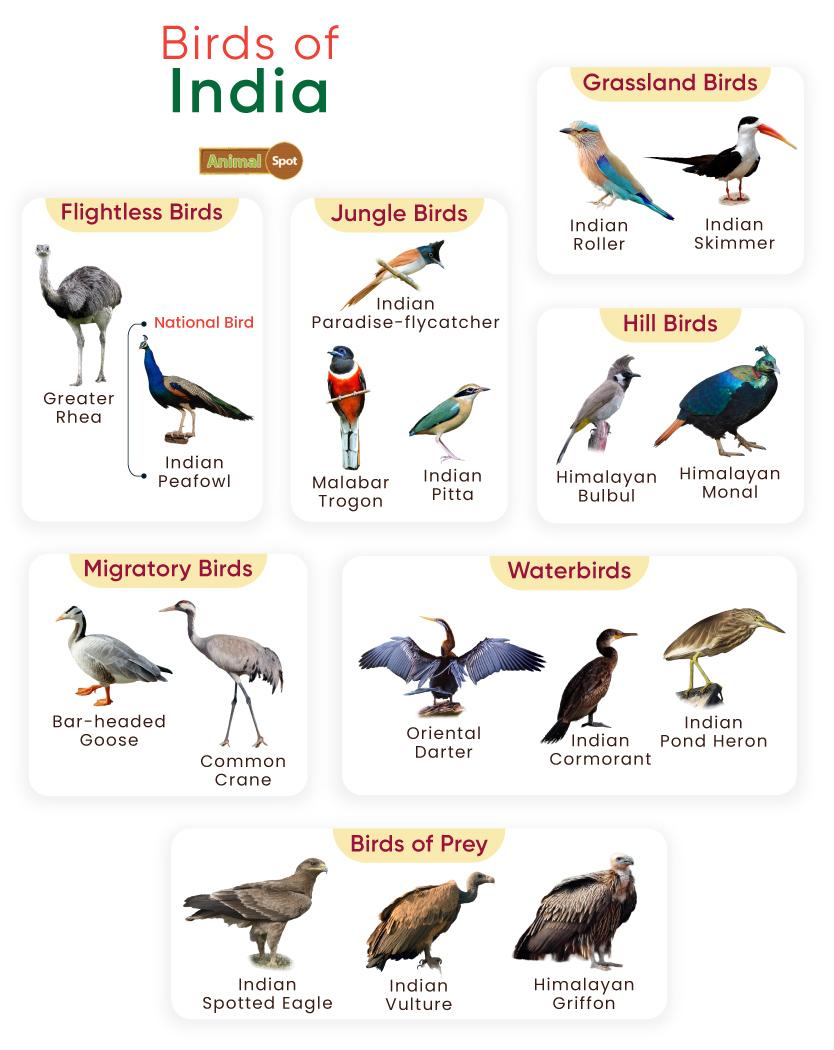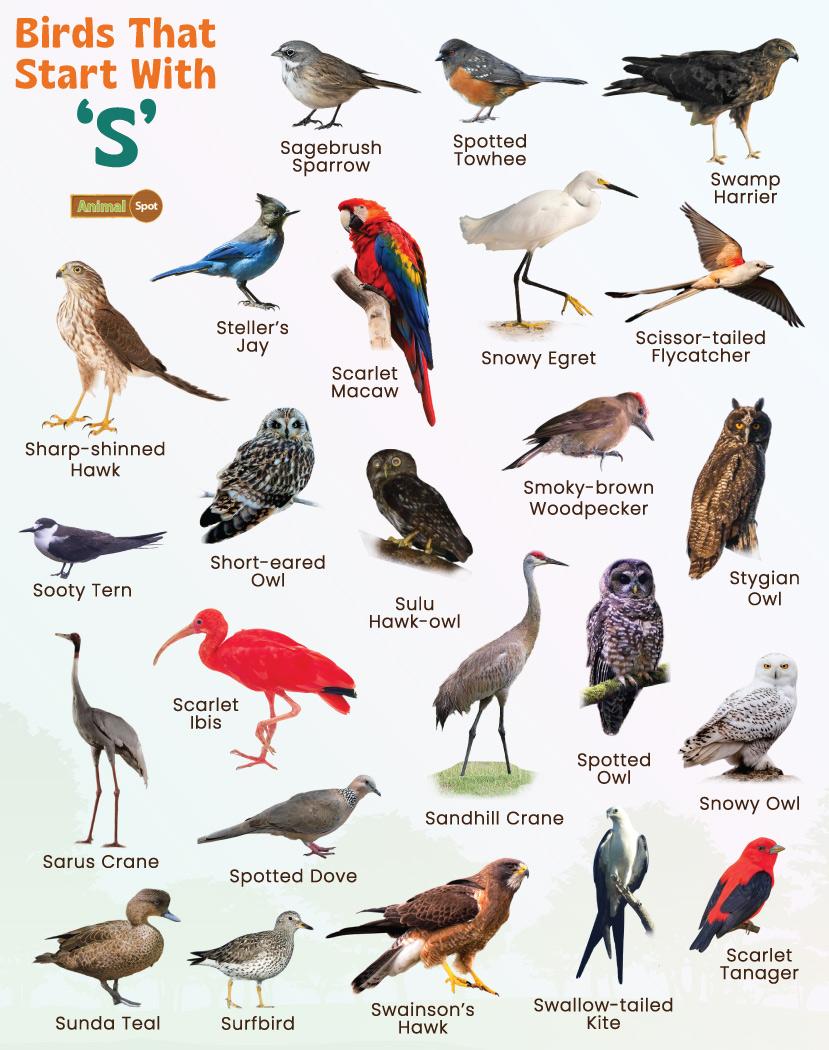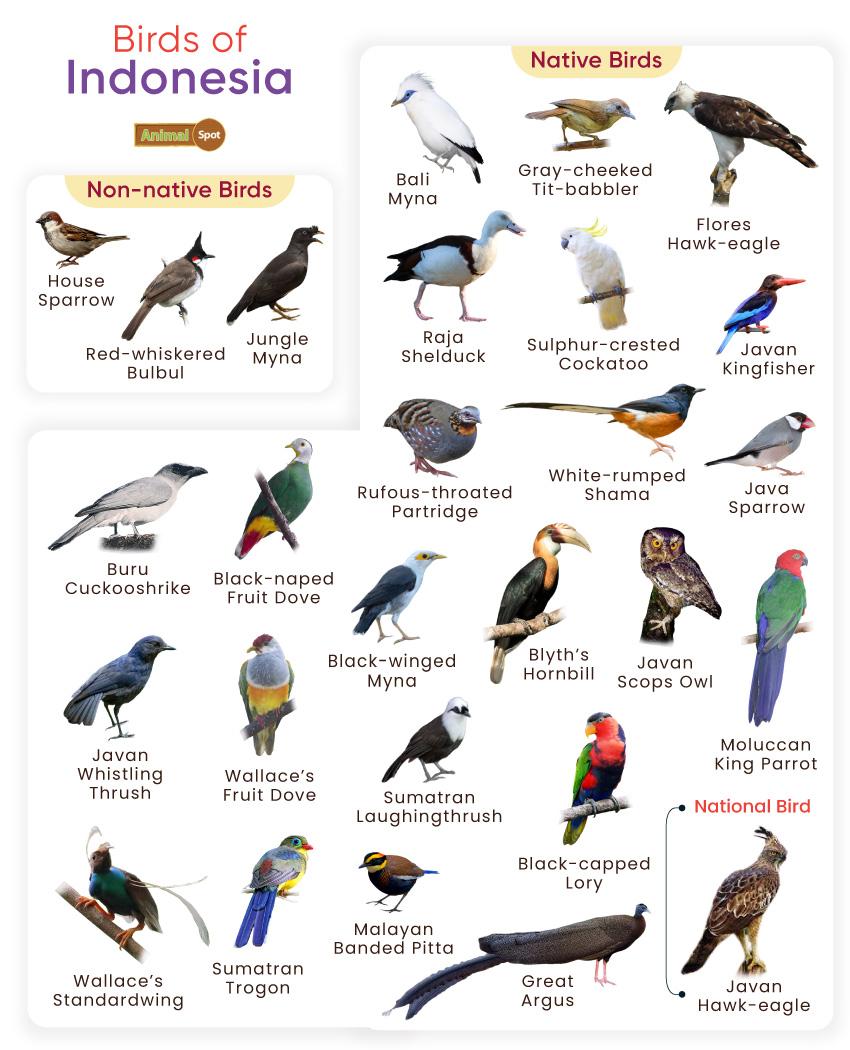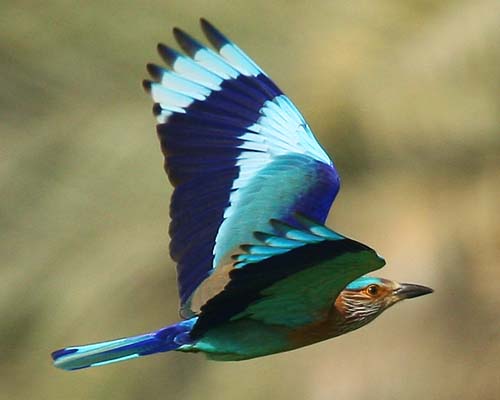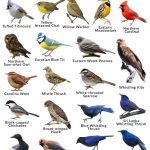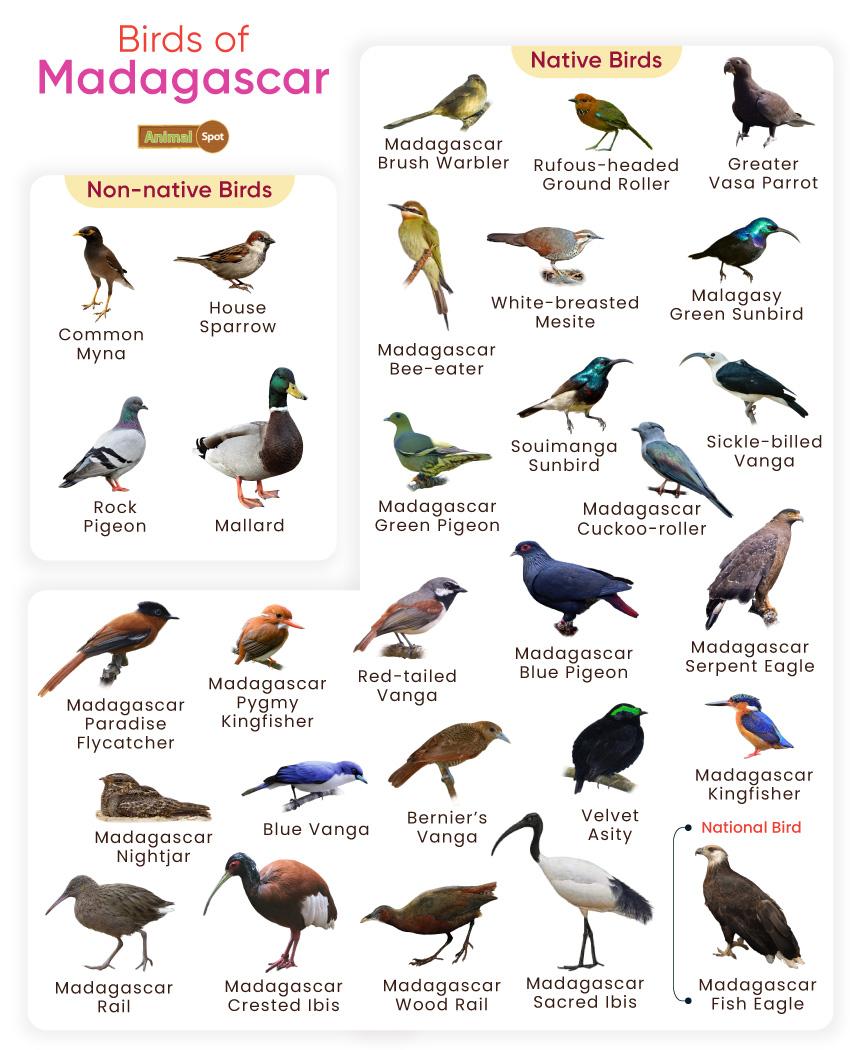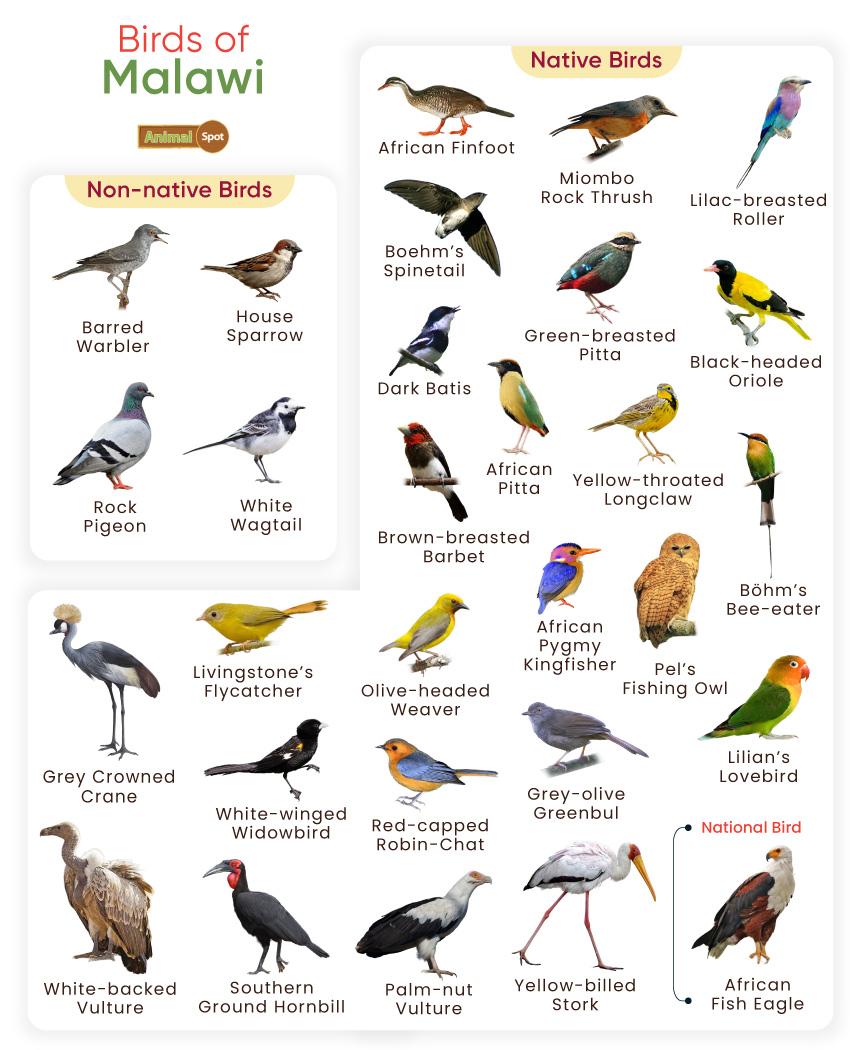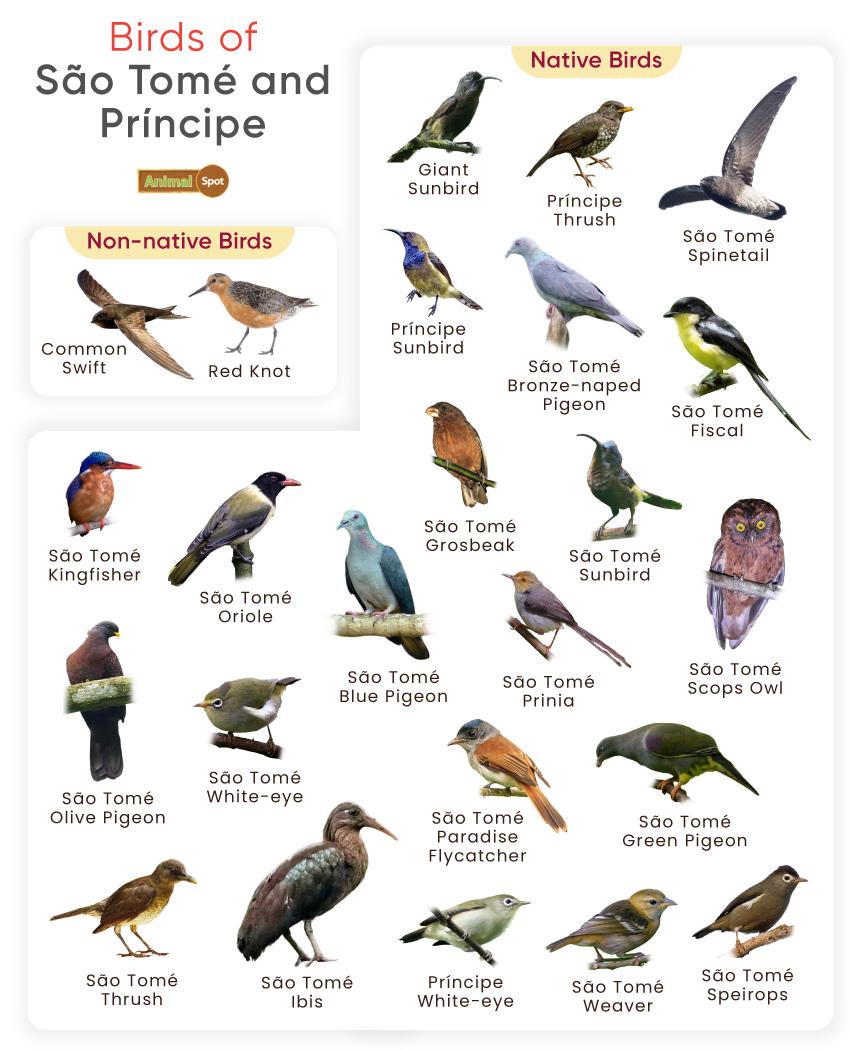Sri Lanka is a biodiversity hotspot, home to over 500 bird species. The island has many habitats, including evergreen forests, rainforests, and scrub forests. This has led to several endemic birds growing in the country.
Sri Lanka’s national bird is the Sri Lanka Junglefowl. Other endemic avian species include the Sri Lanka Spurfowl, the Sri Lanka Green Pigeon, and the Sri Lanka Gray Hornbill.
List of Common Birds Found in Sri Lanka
Native Birds
- Alexandrine Parakeet
- Asian Paradise Flycatcher
- Asian Pied Starling
- Barn Swallow
- Bar-winged Flycatcher-shrike
- Black-capped Bulbul
- Black-crowned Night Heron
- Black Eagle
- Black-headed Cuckooshrike
- Black-headed Gull
- Black-headed Ibis
- Black-hooded Oriole
- Black-naped Oriole
- Black-necked Stork
- Black-tailed Godwit
- Black-throated Munia
- Black-winged Stilt
- Blue-tailed Bee-eater
- Brahminy Starling
- Bronze-winged Jacana
- Brown-breasted Flycatcher
- Brown-capped Pygmy Woodpecker
- Brown-headed Barbet
- Brown-headed Bulbul
- Changeable Hawk-eagle
- Chestnut-backed Owlet
- Chestnut-headed Bee-eater
- Cinnamon Bittern
- Common Kingfisher
- Common Myna
- Common Sandpiper
- Crested Serpent Eagle
- Crimson-backed Flameback
- Crimson-fronted Barbet
- Dull-blue Flycatcher
- Eurasian Marsh Harrier
- Eurasian Spoonbill
- Forest Wagtail
- Gray-headed Fish Eagle
- Gray-headed Swamphen
- Gray Wagtail
- Great Cormorant
- Great Egret
- Greater Painted-snipe
- Great Tit
- Green-billed Coucal
- Hill Swallow
- Indian Blue Robin
- Indian Cormorant
- Indian Peafowl
- Indian Pitta
- Indian Pond Heron
- Indian Robin
- Intermediate Egret
- Jerdon’s Leafbird
- Large Cuckooshrike
- Layard’s Parakeet
- Legge’s Flowerpecker
- Lesser Adjutant
- Little Cormorant
- Little Egret
- Little Ringed Plover
- Long-billed Sunbird
- Loten’s Sunbird
- Malabar Pied Hornbill
- Orange-breasted Green Pigeon
- Orange Minivet
- Painted Stork
- Pale-capped Pigeon
- Pheasant-tailed Jacana
- Pied Bush Chat
- Pied Kingfisher
- Plum-headed Parakeet
- Pompadour Green Pigeon
- Purple Heron
- Purple-rumped Sunbird
- Purple Sunbird
- Racket-tailed Drongo
- Red-backed flameback
- Red-faced Malkoha
- Red-rumped Swallow
- Red-vented Bulbul
- Rock Pigeon
- Rosy Starling
- Scarlet Minivet
- Serendib Scops Owl
- Small Minivet
- Spot-billed Pelican
- Square-tailed Black Bulbul
- Sri Lanka Ashy-headed Laughingthrush
- Sri Lanka Black-capped Bulbul
- Sri Lanka Blue Magpie
- Sri Lanka Brown-capped Babbler
- Sri Lanka Bush-warbler
- Sri Lanka Crested Drongo
- Sri Lanka Frogmouth
- Sri Lanka Gray Hornbill
- Sri Lanka Green Pigeon
- Sri Lanka Hanging Parrot
- Sri Lanka Hill Myna
- Sri Lanka Junglefowl
- Sri Lanka Munia
- Sri Lanka Myna
- Sri Lanka Orange-billed Babbler
- Sri Lanka Scaly Thrush
- Sri Lanka Scimitar Babbler
- Sri Lanka Serendib Scops Owl
- Sri Lanka Small Barbet
- Sri Lanka Spot-winged Thrush
- Sri Lanka Spurfowl
- Sri Lanka Swallow
- Sri Lanka Whistling Thrush
- Sri Lanka White-eye
- Sri Lanka White-throated Flowerpecker
- Sri Lanka Woodpigeon
- Sri Lanka Woodshrike
- Sri Lanka Yellow-fronted Barbet
- Stork-billed Kingfisher
- Tickell’s Blue Flycatcher
- Western Reef Egret
- Whiskered Tern
- White-bellied Drongo
- White-bellied Sea Eagle
- White-breasted Kingfisher
- White-browed Bulbul
- White-faced Starling
- White-rumped Shama
- Yellow-browed Bulbul
- Yellow-eared Bulbul
- Yellow Wagtail
Non-native Birds
Some of the best sites for birdwatching in Sri Lanka include Sinharaja Forest Reserve, Yala National Park, and Bundala National Park. The peak birding season in Sri Lanka is generally during the dry season from November to April.
FAQs
1. Are there birds that migrate to Sri Lanka?Several migratory birds visit Sri Lanka yearly, including the Barn Swallow, the Indian Pitta, and the Blue-tailed Bee-eater.

